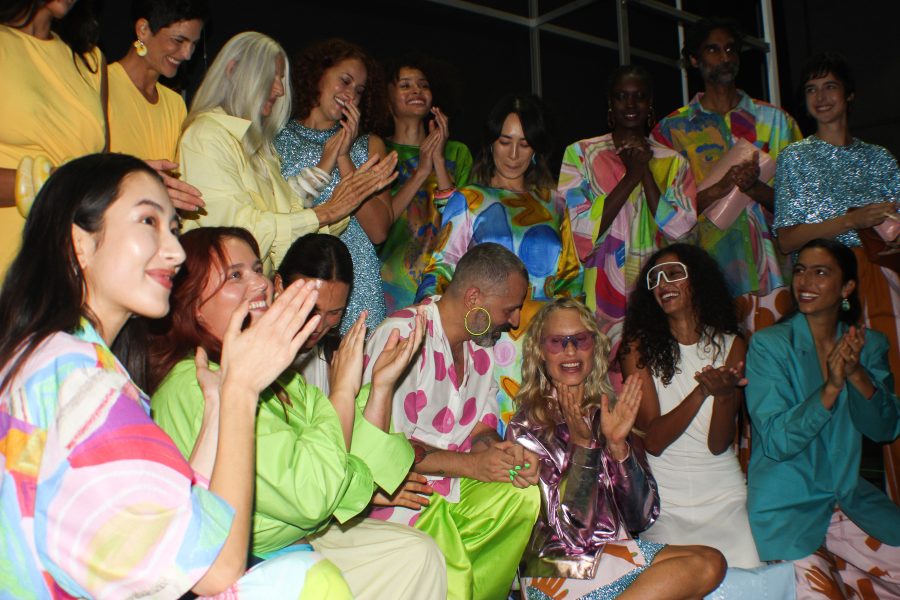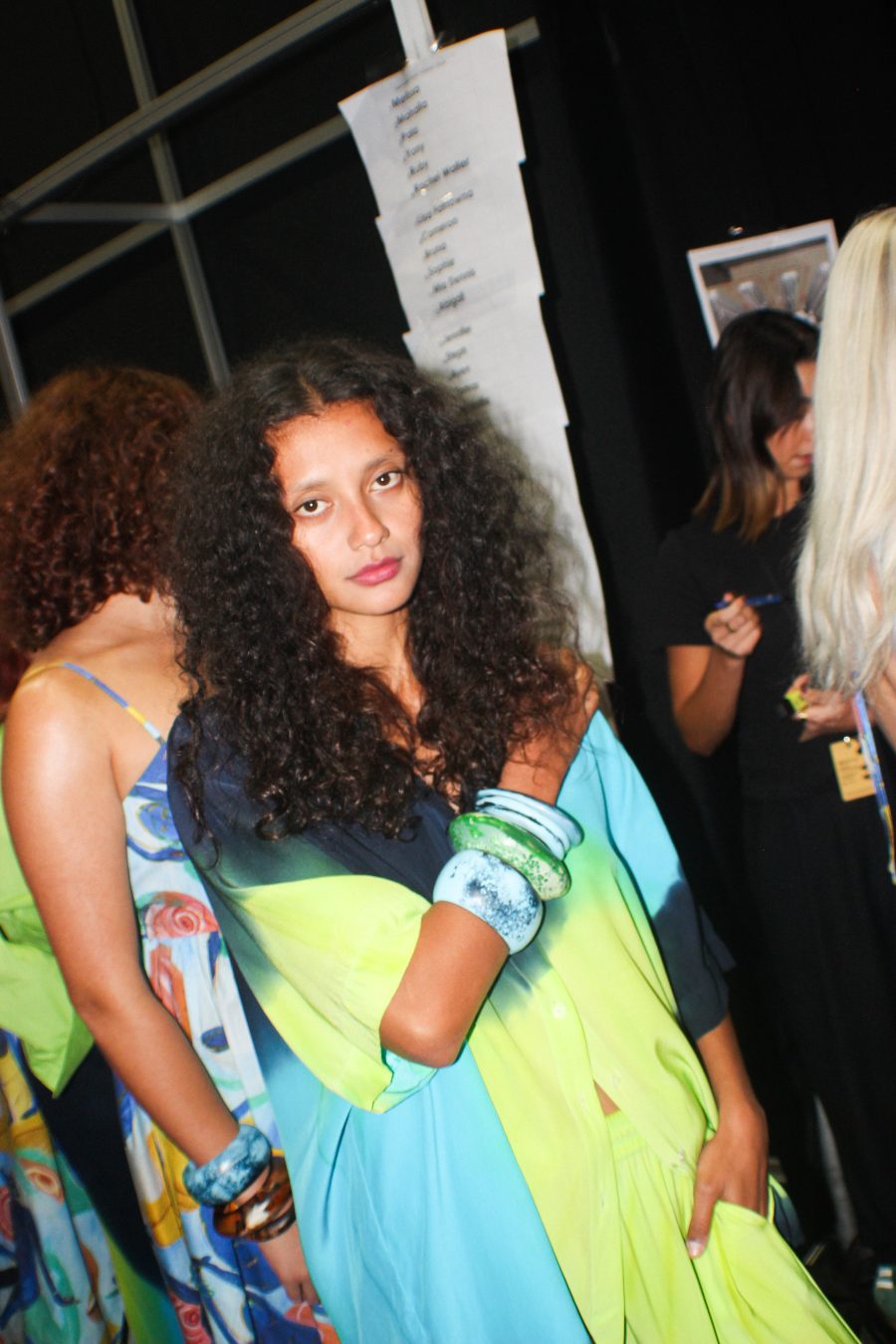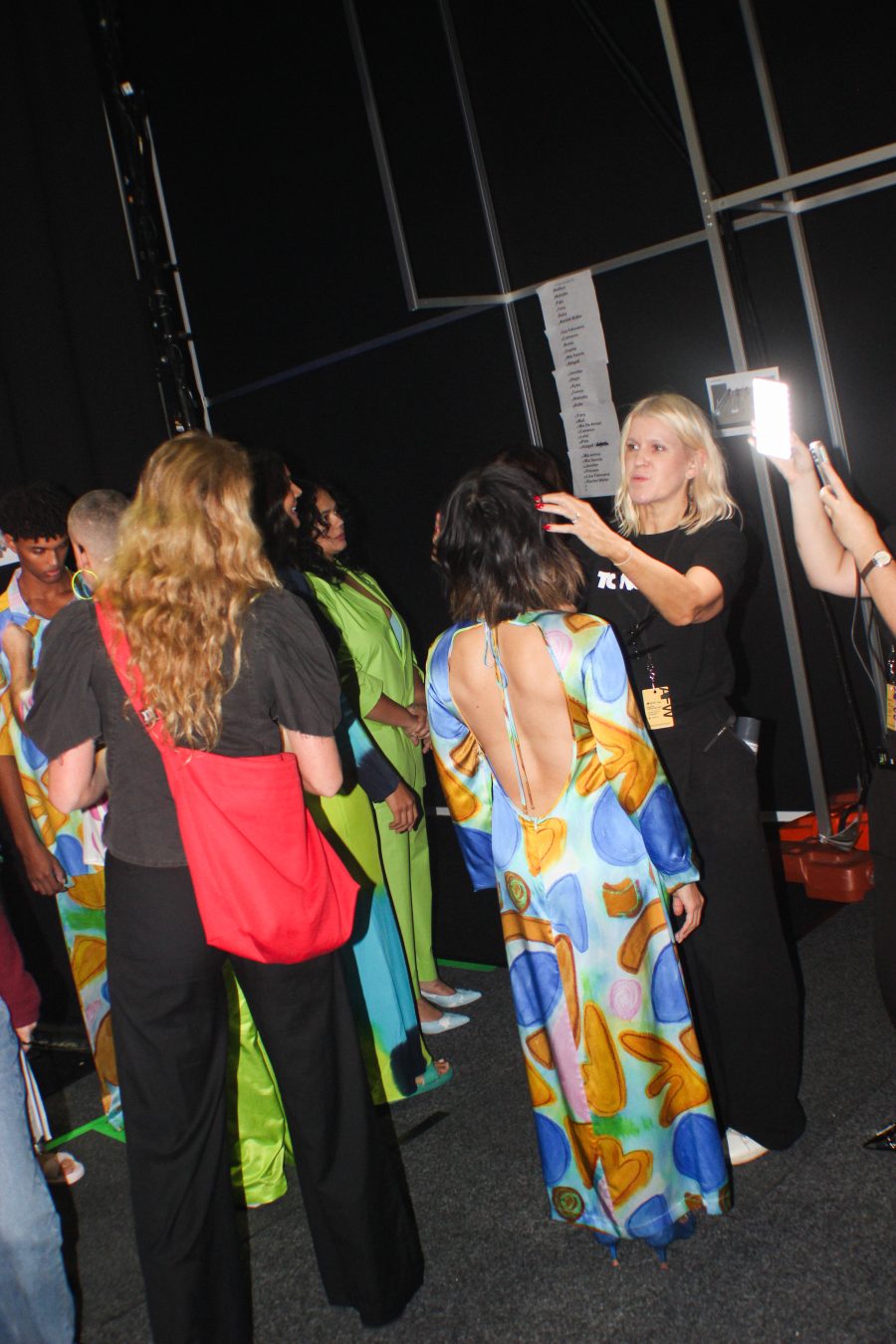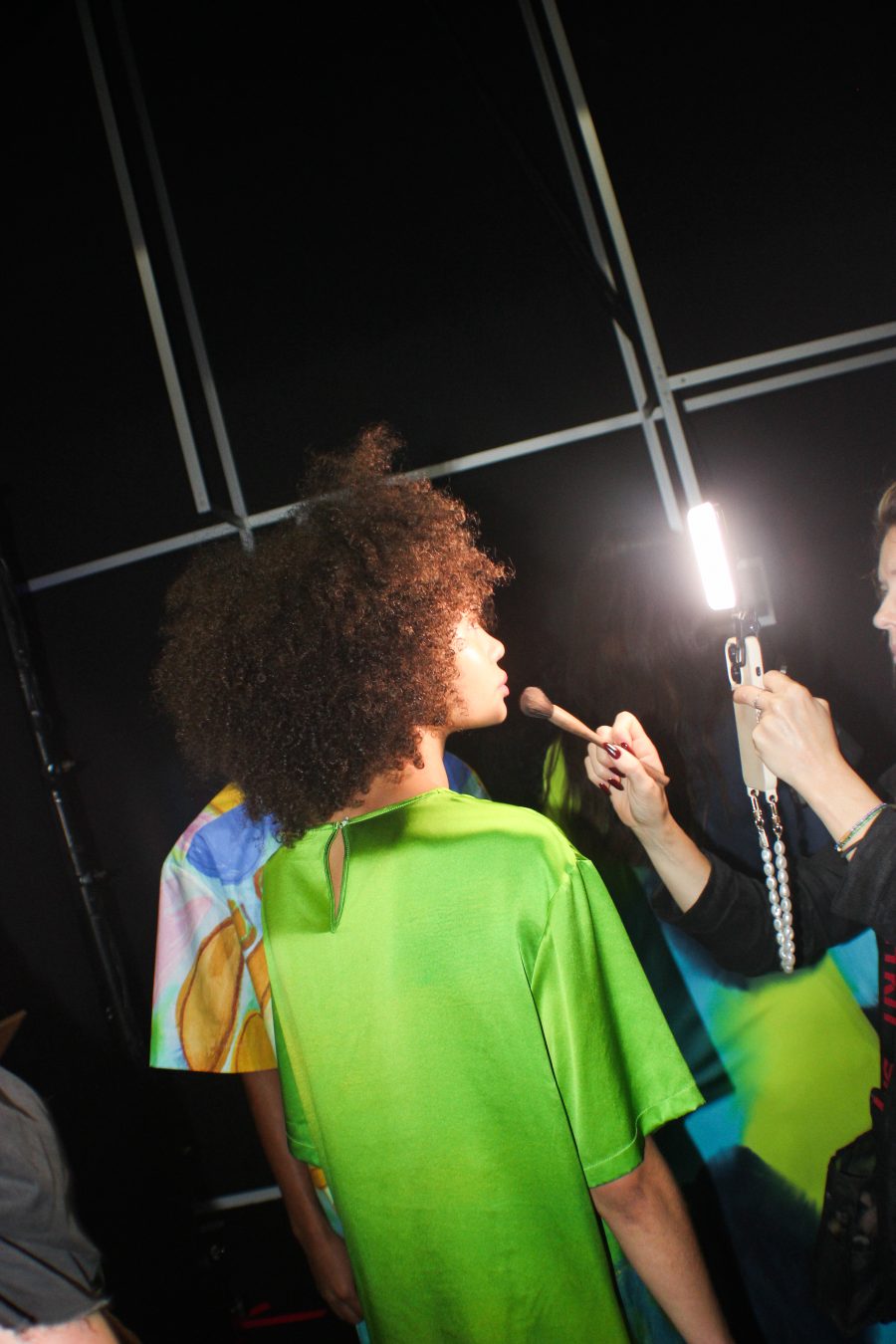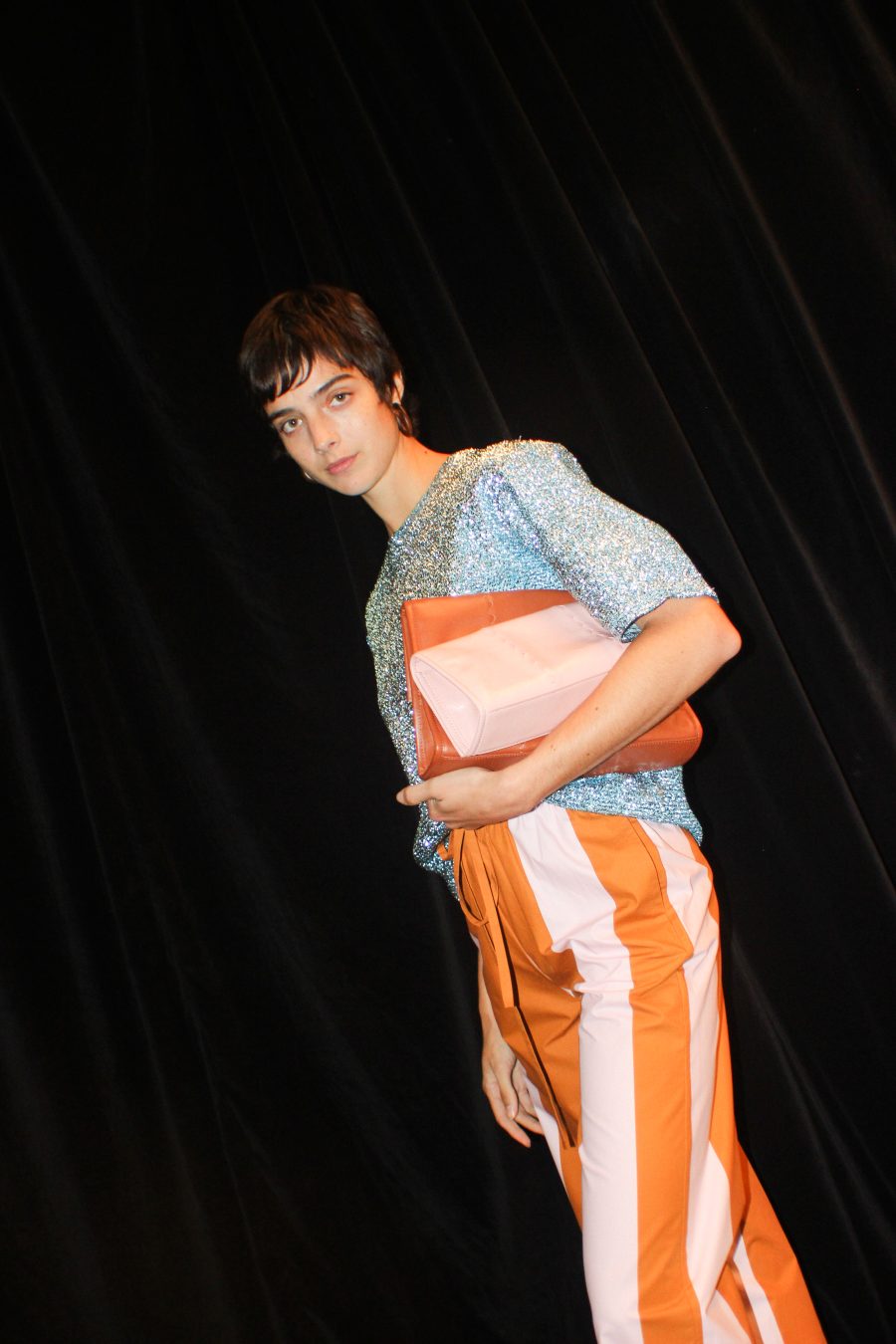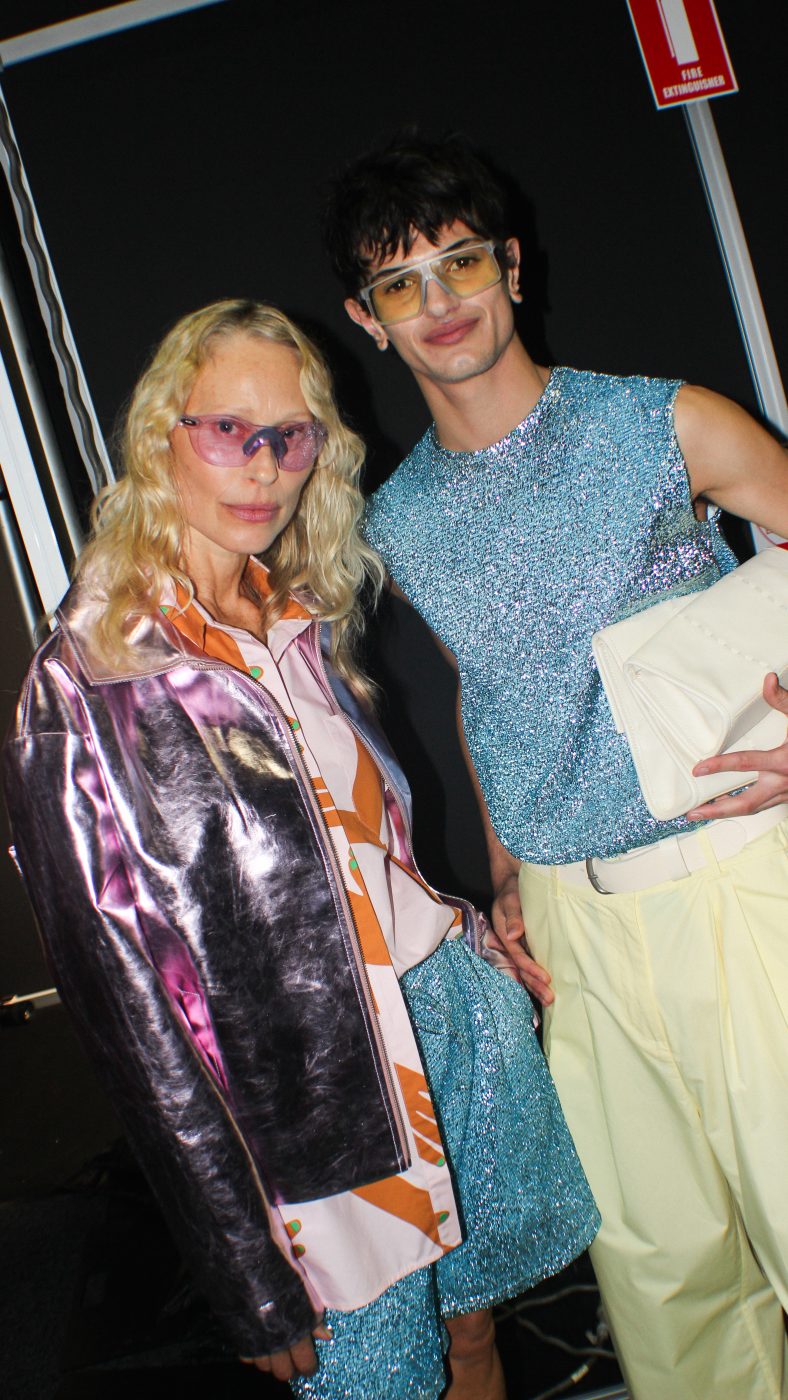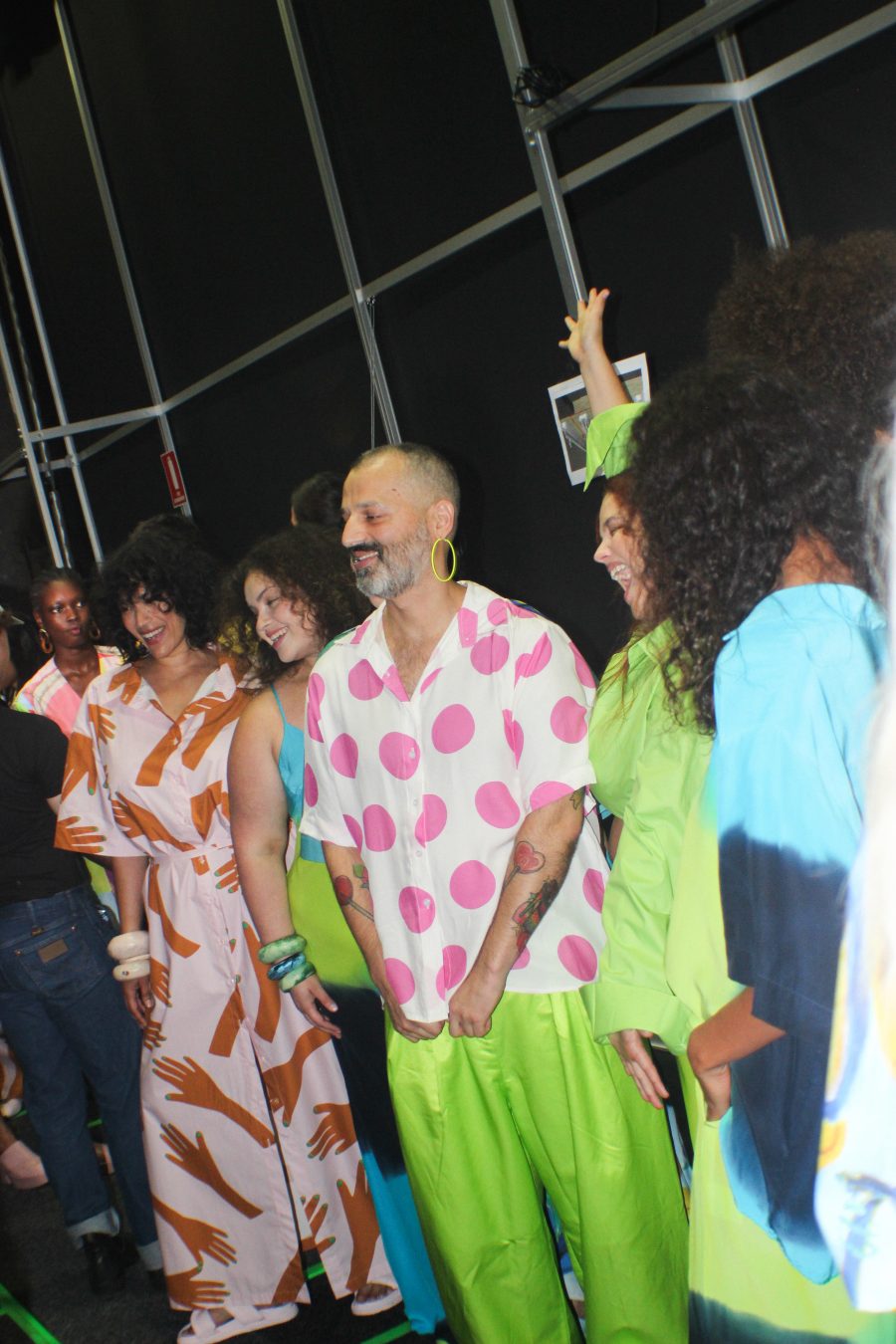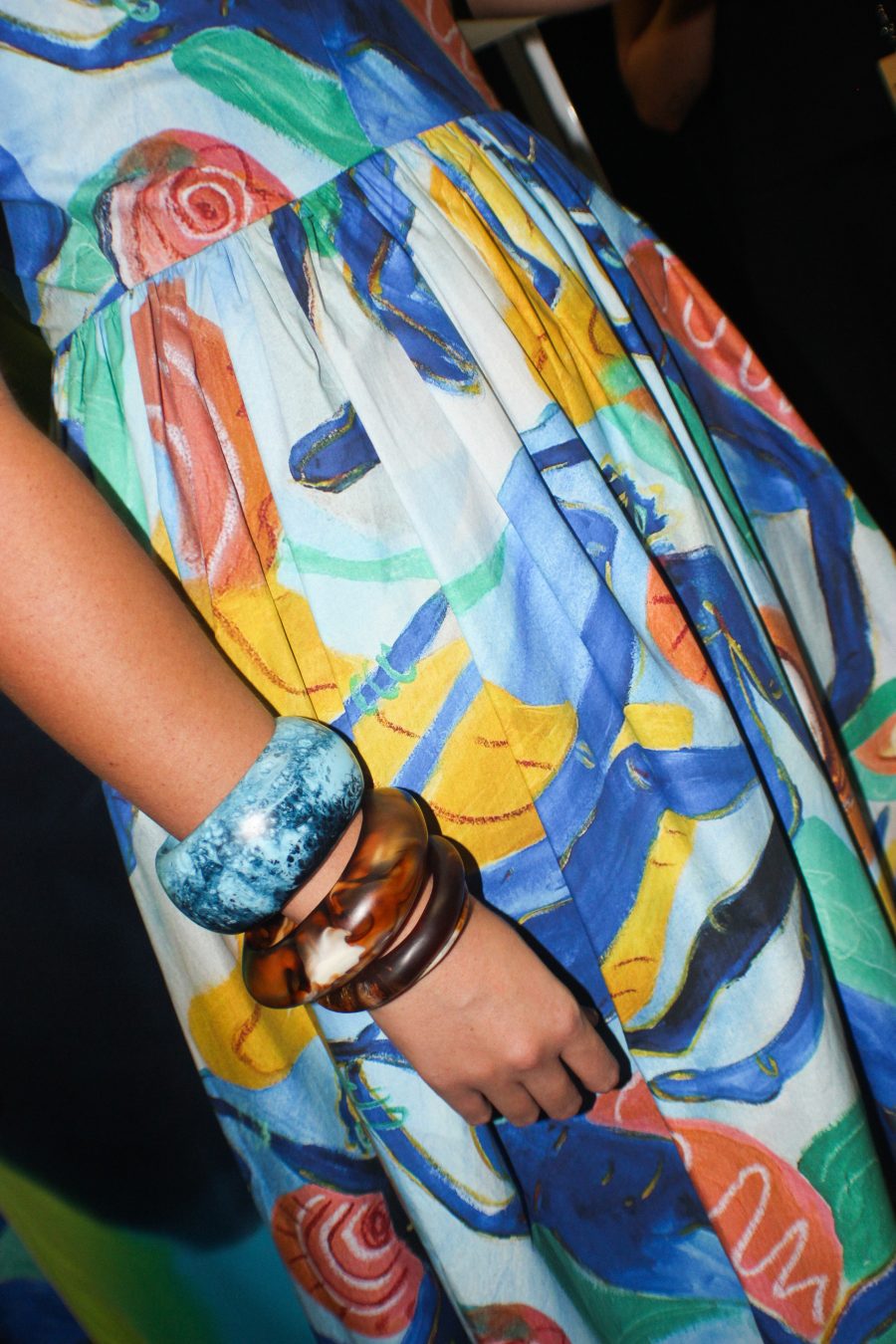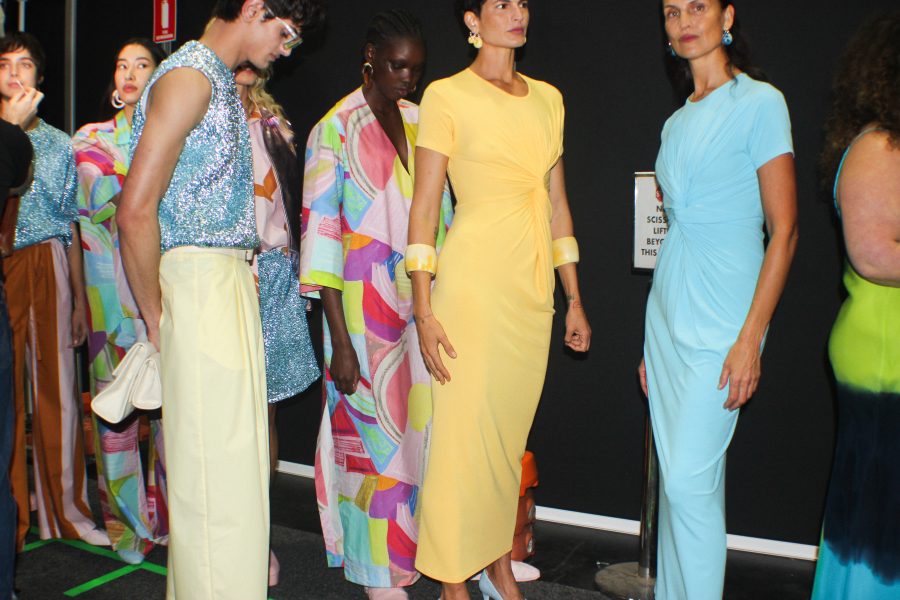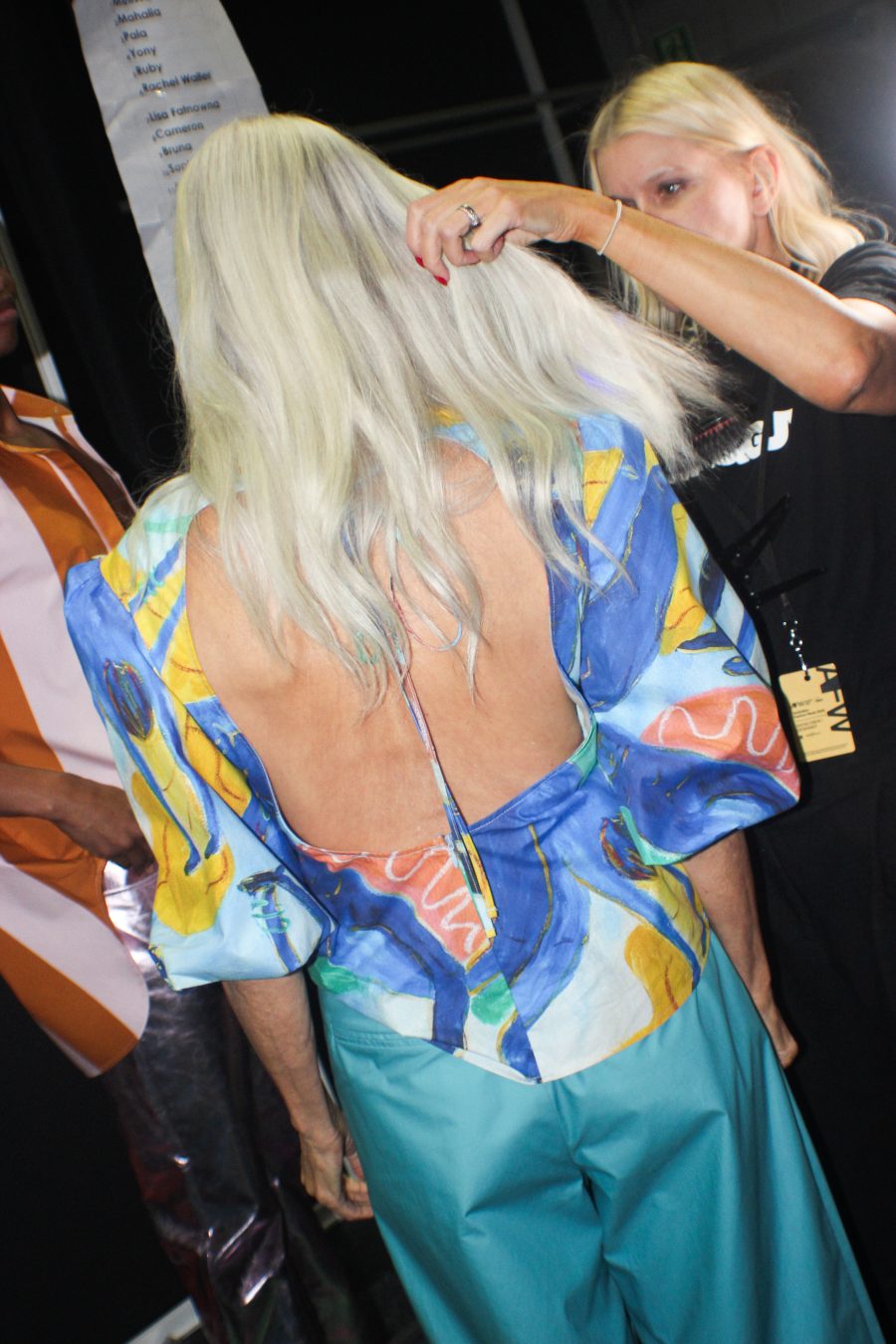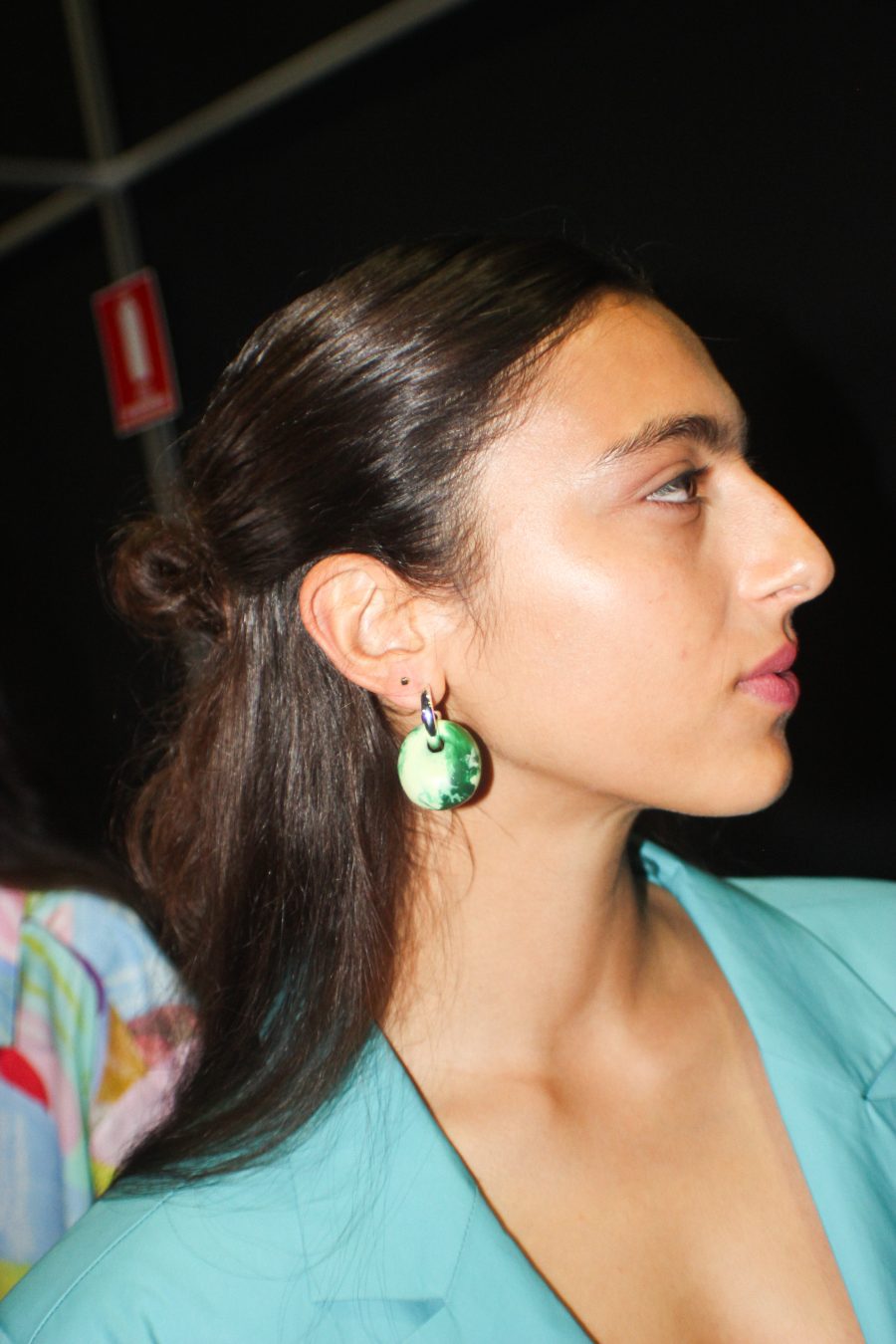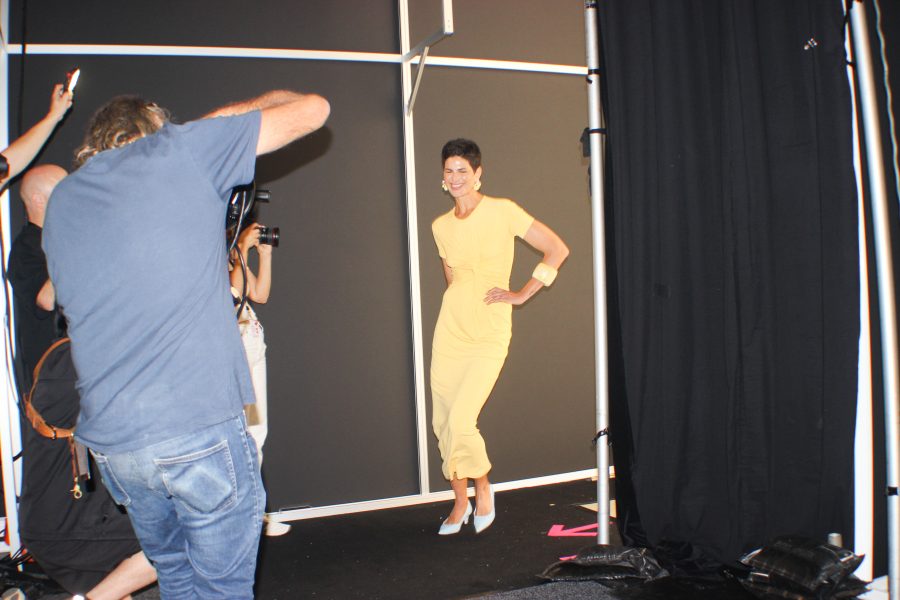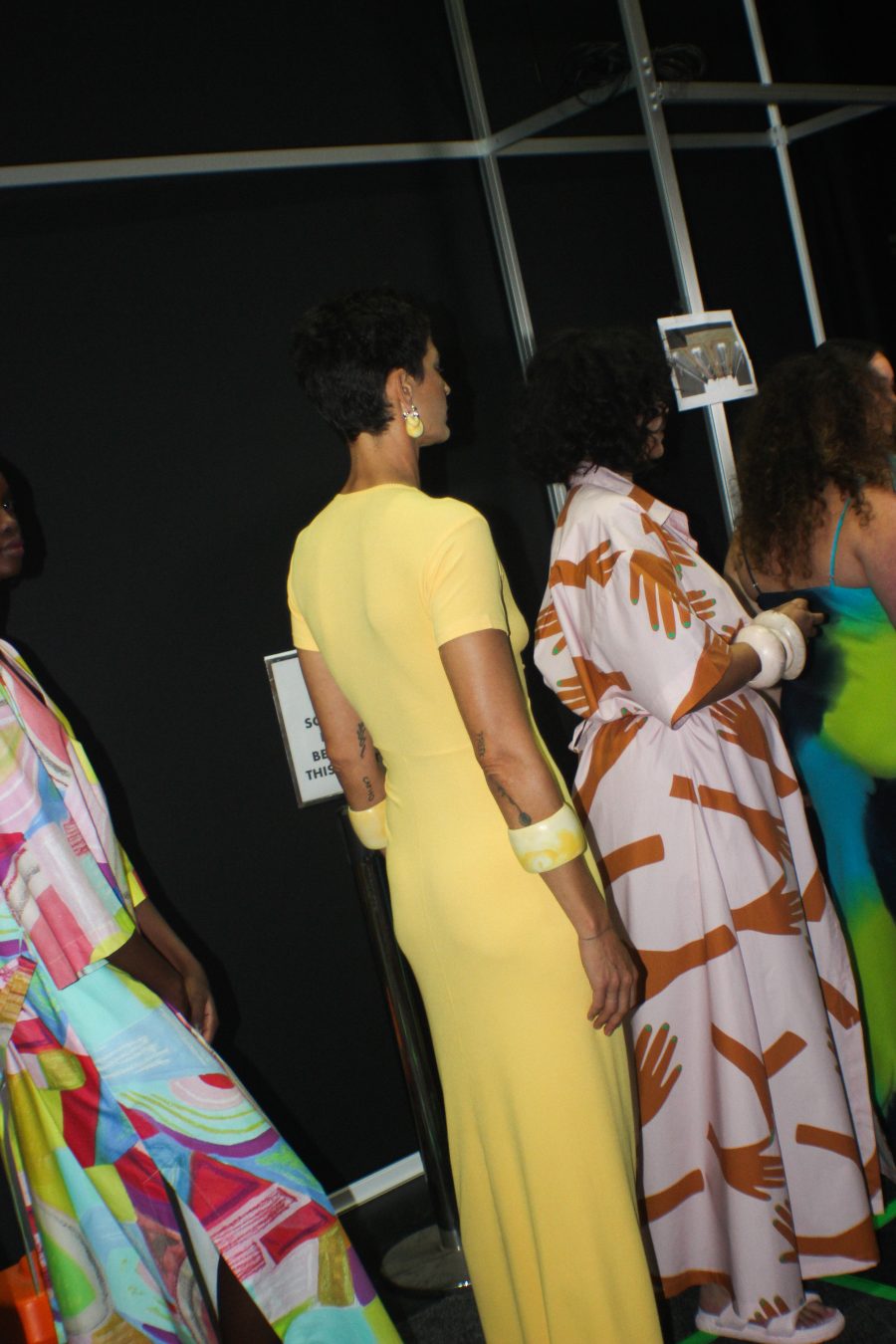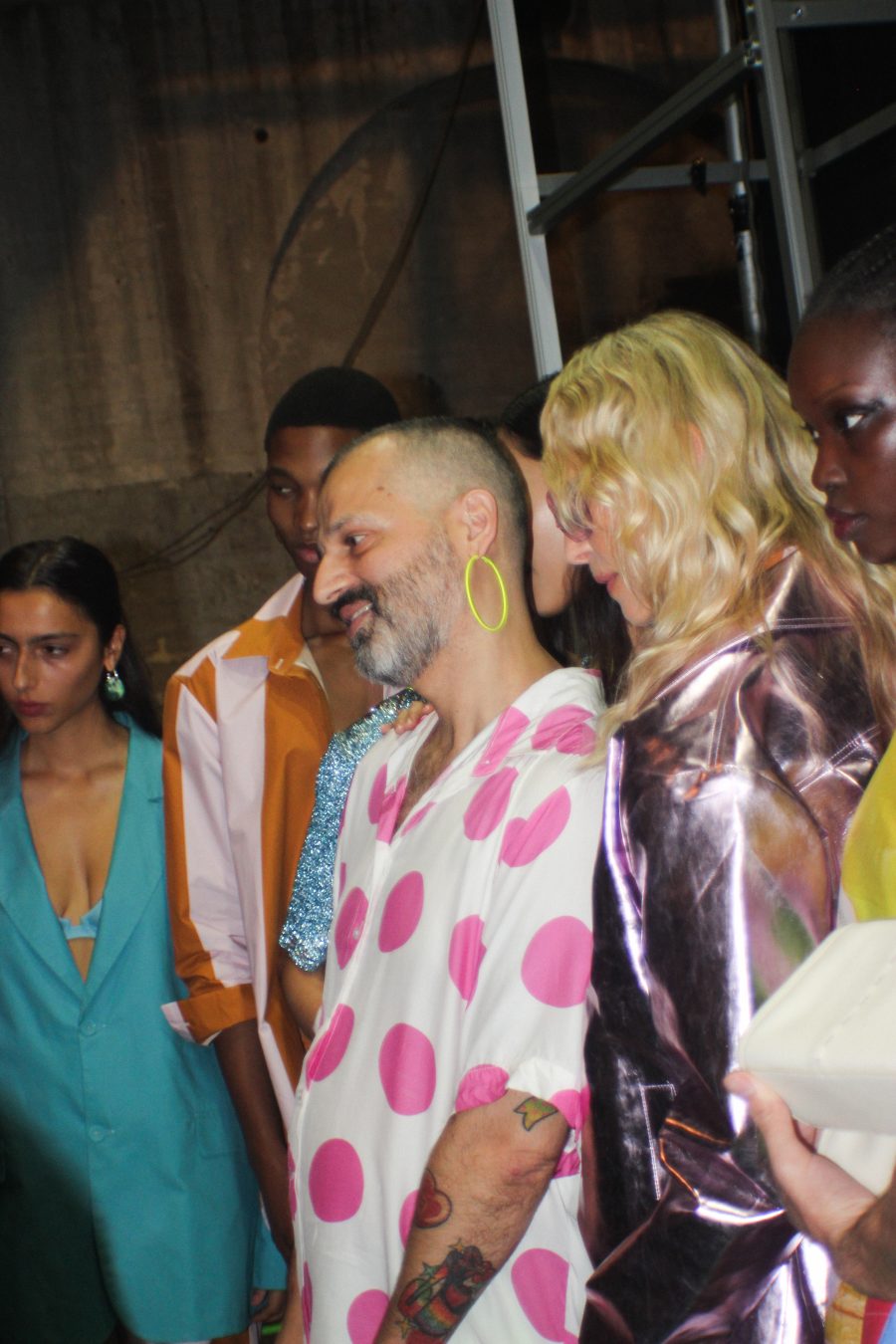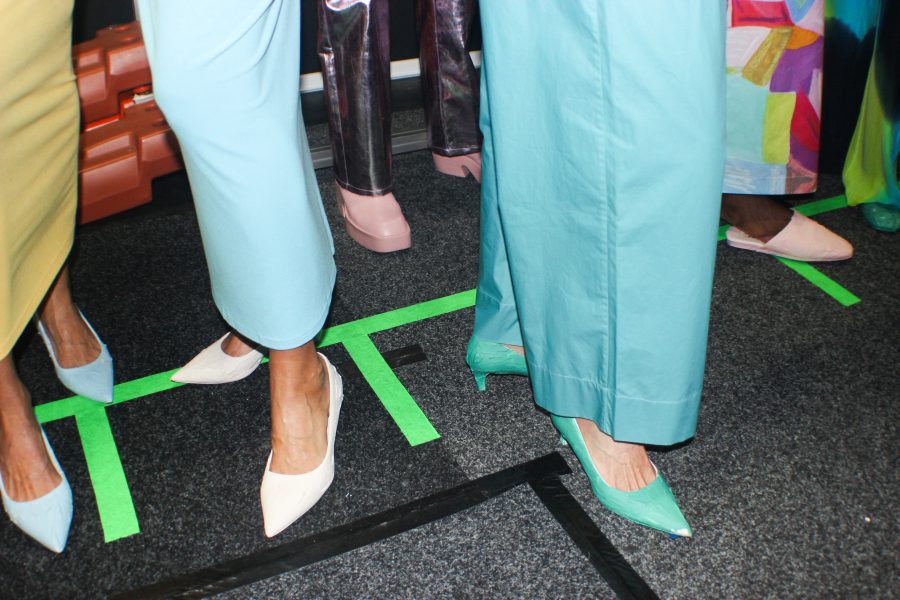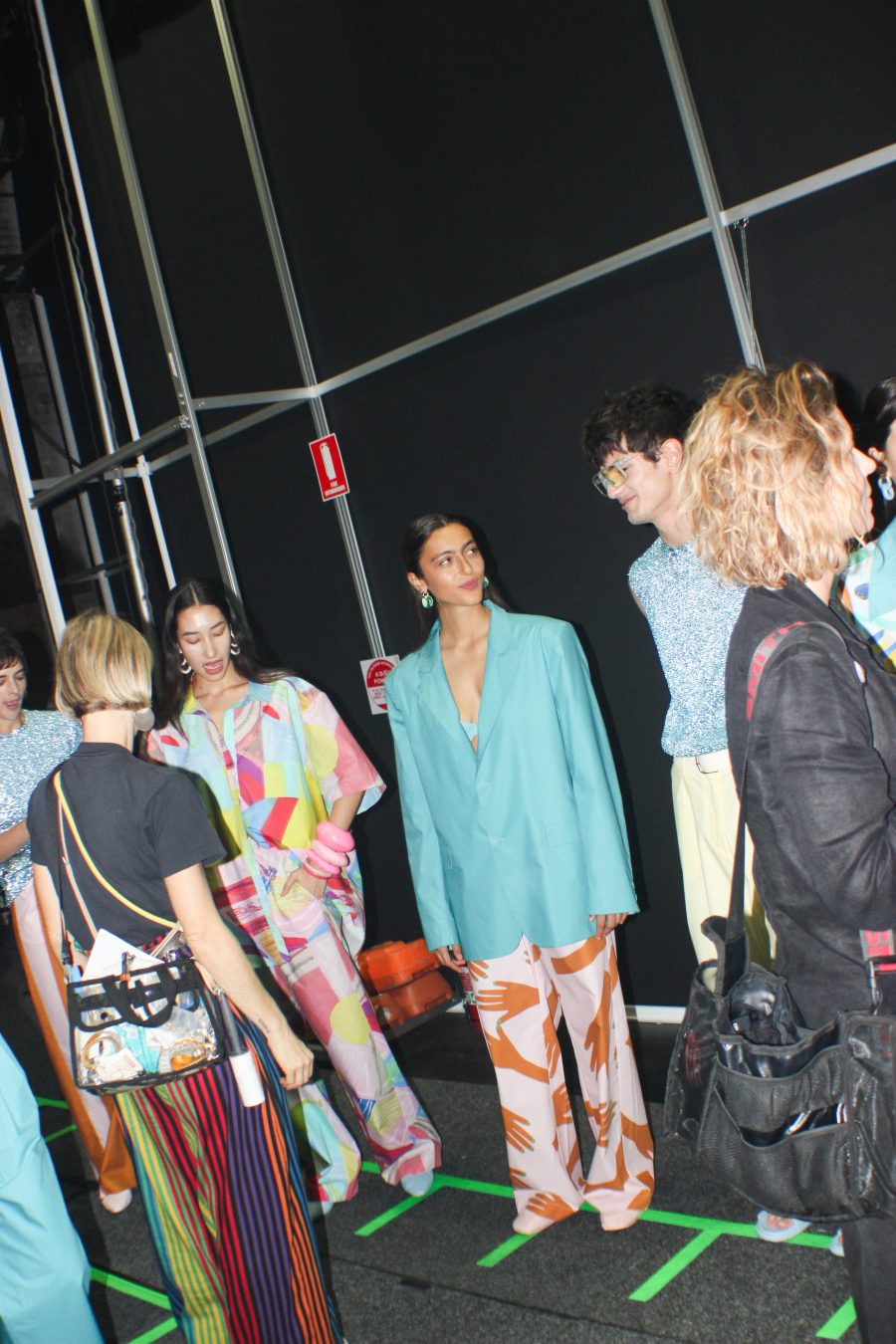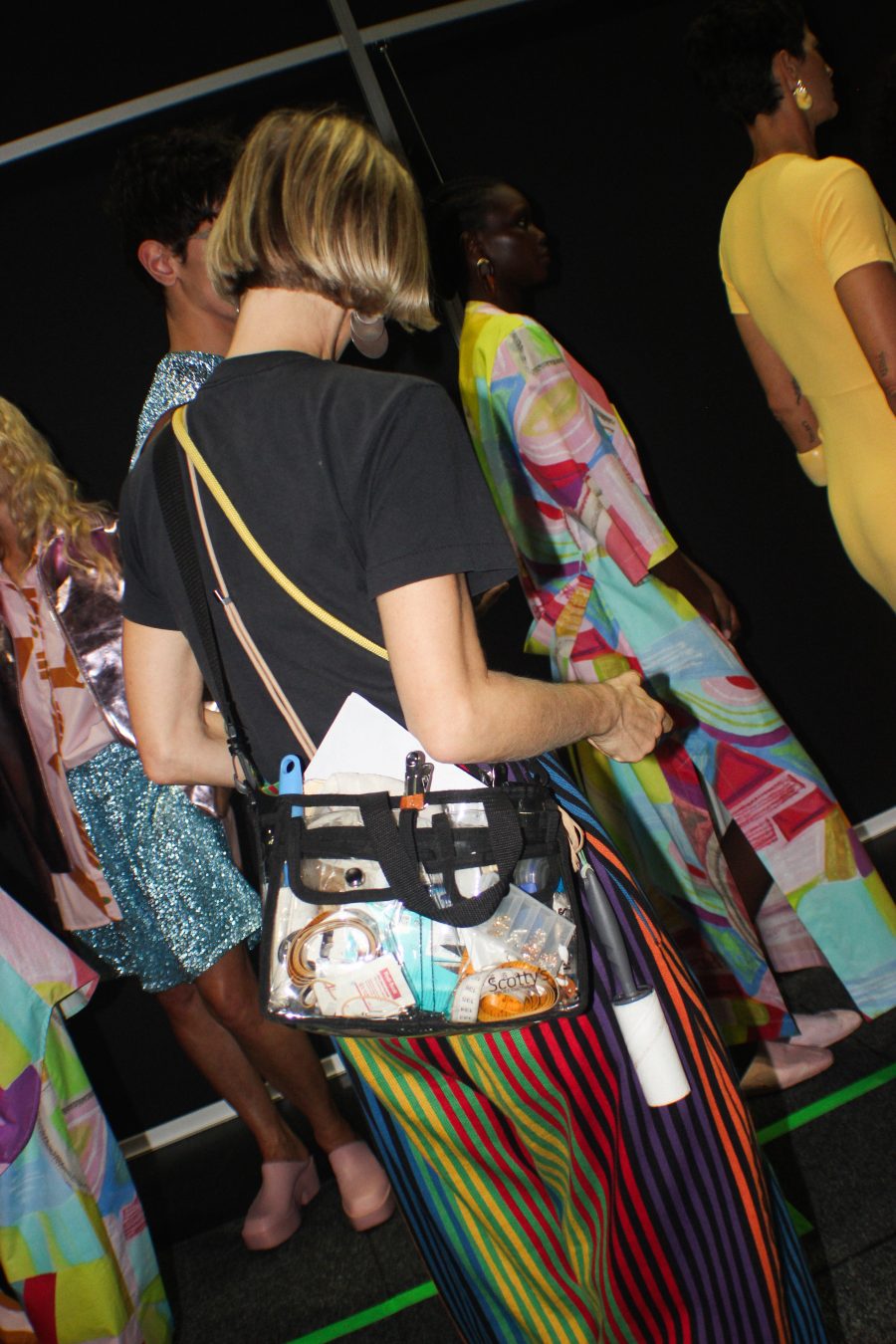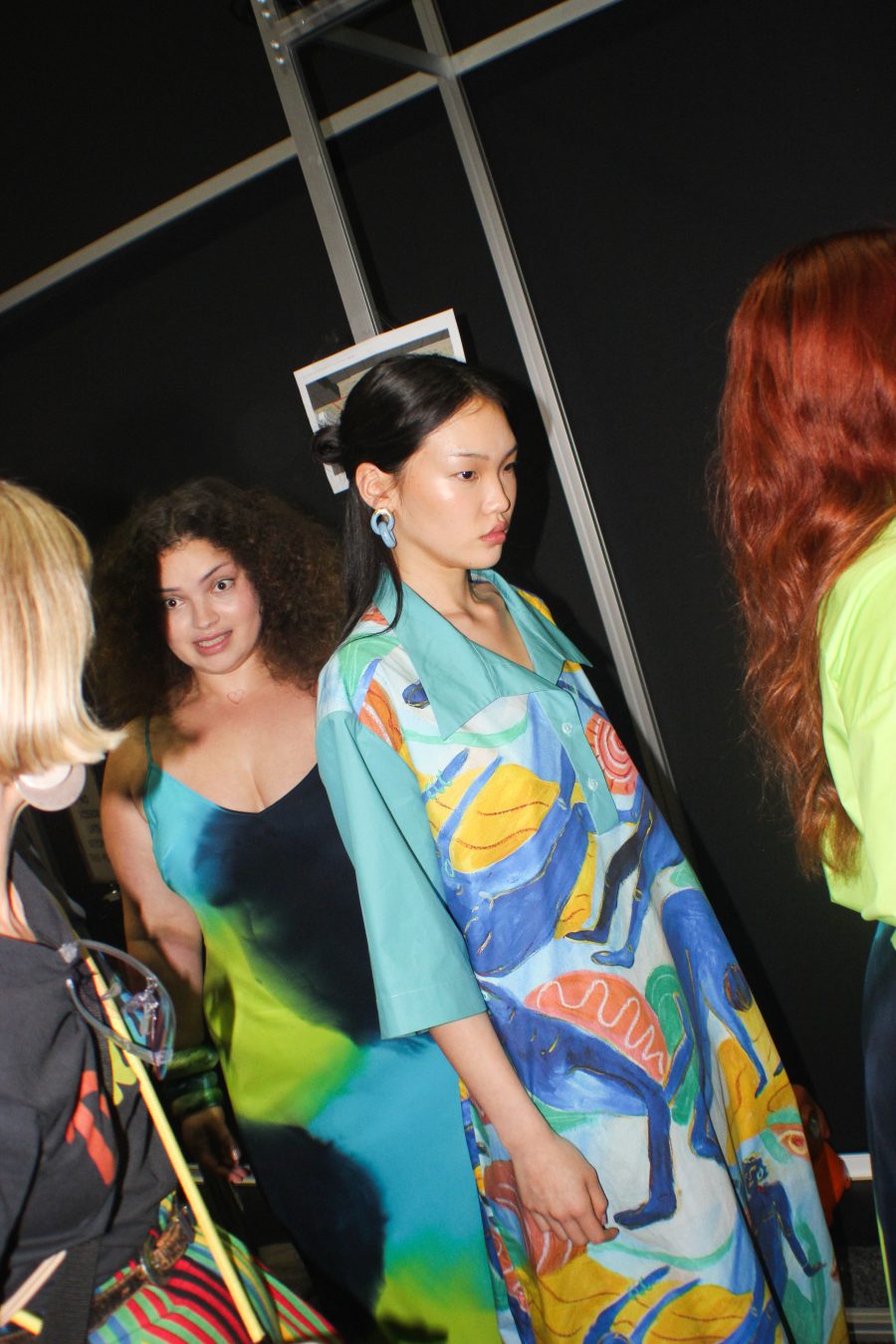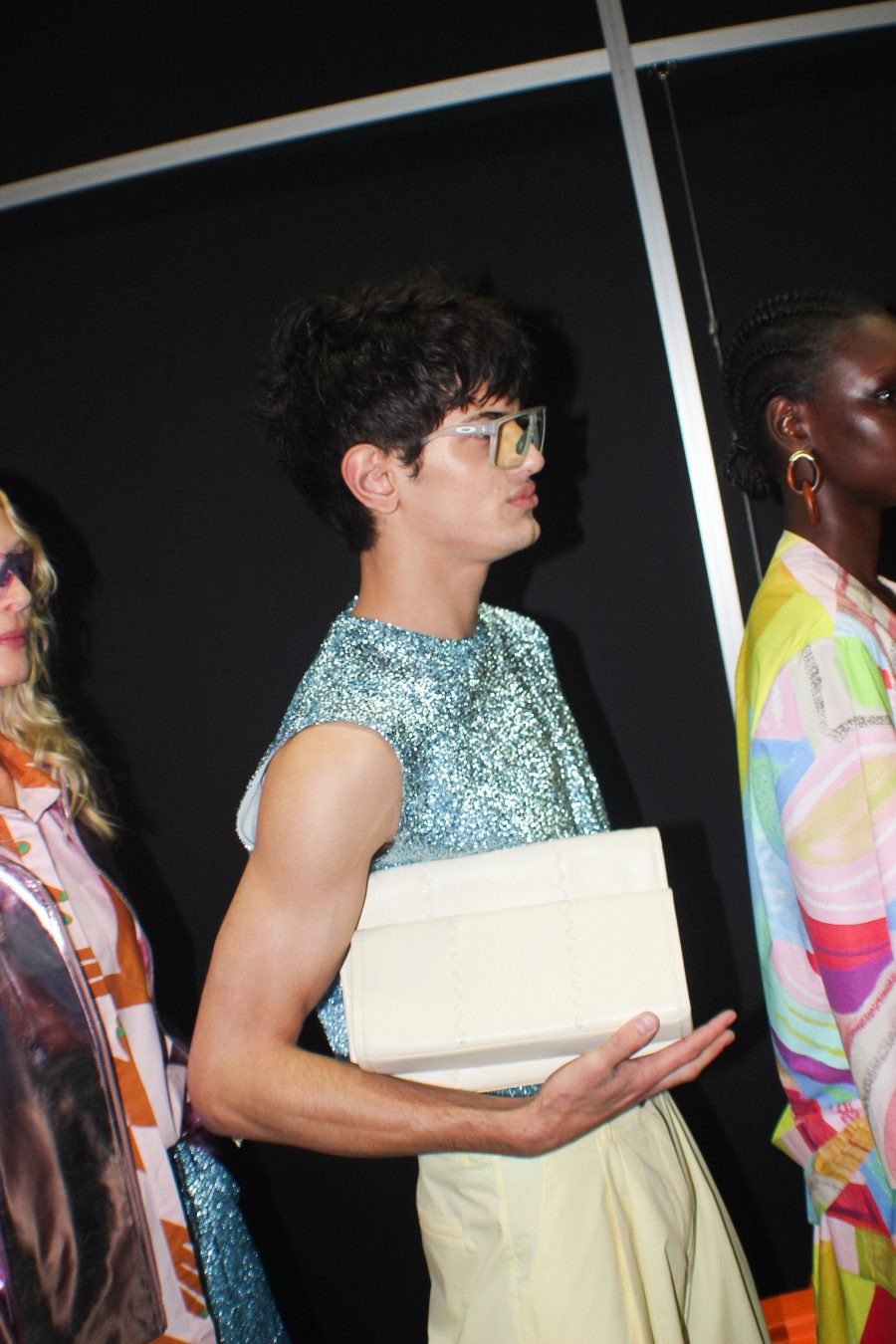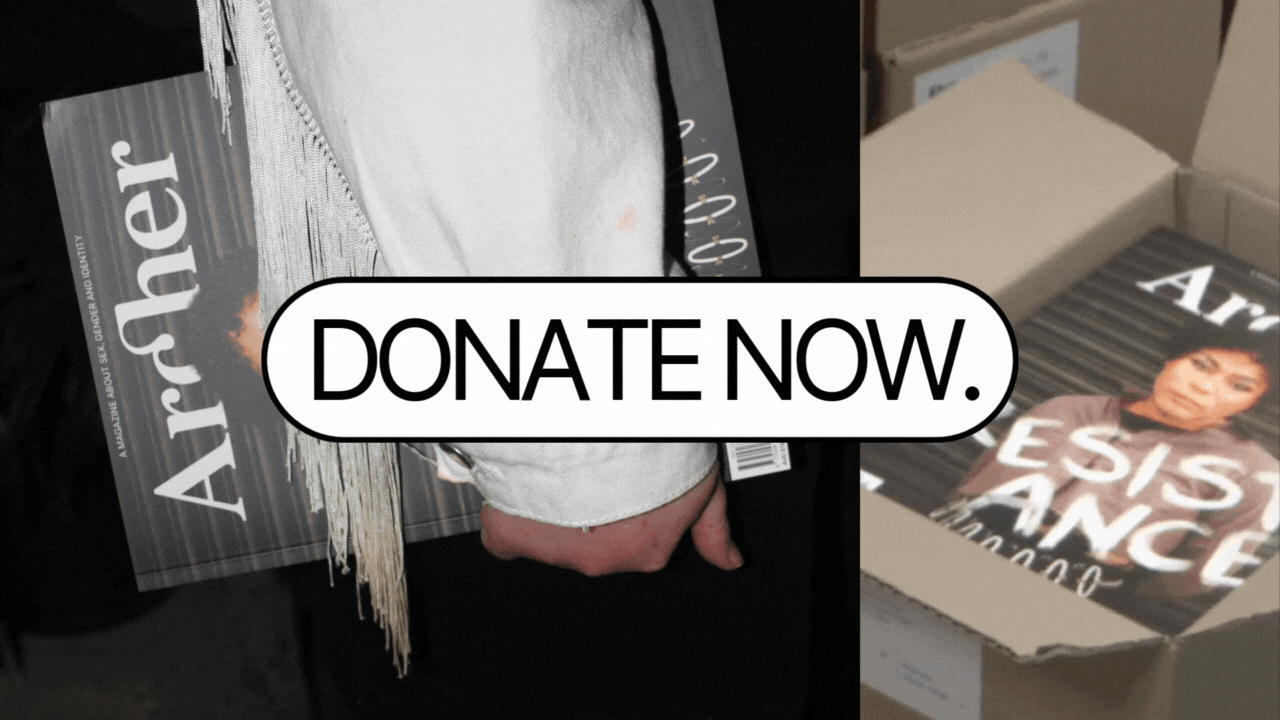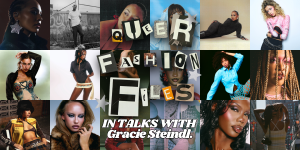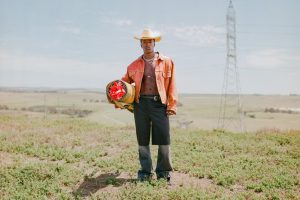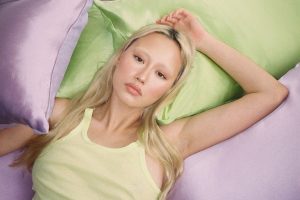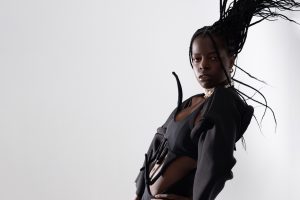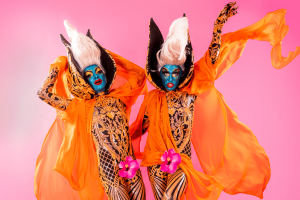Queer Fashion Files: Dance Bigeni! at Australian Fashion Week
By: Hailey Moroney
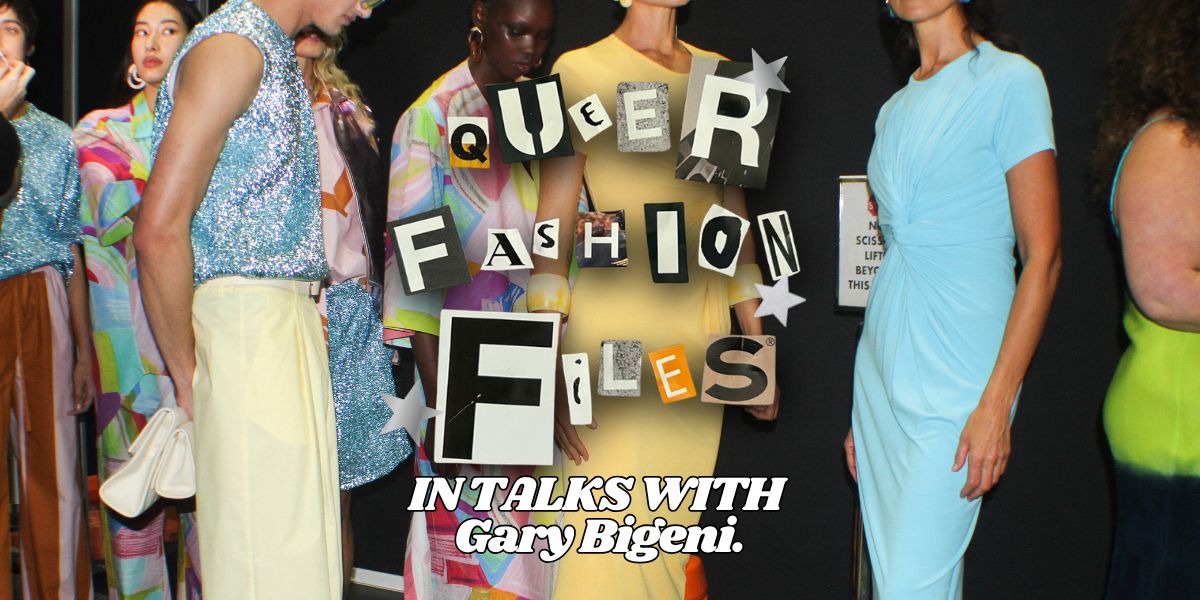
Welcome to Archer’s Queer Fashion Files! Each month, we interview trendsetters and tastemakers, showcasing the diversity and talent of the fashion world. You can check out all episodes of our Queer Fashion Files here.
This month, our Queer Fashion Files hit the road for Australian Fashion Week (AFW) 2025! In Episode 19, Hailey Moroney goes backstage with Gary Bigeni to chat about inclusive runways and playing with colour and gender in fashion.
Gary Bigeni pushes the limits of fashion as individual expression through his custom made-to-order fine art collections. Original designs are handpainted by Gary directly onto ethically sourced eco-cotton, then made in very limited production runs using sustainable manufacturing practices. Intended to last a lifetime, all pieces are gender neutral and designed to reflect the distinctive personality of the wearer.
Fashion designs by: Gary Bigeni. Images by: Hailey Moroney
Hailey Moroney: Gary! Hello! We connected backstage at Australian Fashion Week, and it was really a beautiful experience to see your collection not only visually represent joy and resistance, but to see you create such a safe space as a result.
How was your experience at AFW this year?
Gary Bigeni: I think my shows have a reputation for being fun to be part of. We don’t take it too seriously – it’s about life and dance and colour.
The models have as much fun as I do. I like my shows to end with a big group hug, rather than doing a straight-faced walkthrough. And I want my cast to tell their own story: an everyday story of their life and my life.
These stories aren’t just about fashion and runways – I want it to feel like they’re the people that you hang out with, go out with and dance with. Lots of my cast are friends, and lots of them become friends.
HM: Your show was one of two I attended that had genuine, non-performative inclusivity in casting. What are your feelings on the Australian fashion industry taking a giant leap backwards in inclusivity? It was heartbreaking to attend and see this regression, but then your show (later in the week) reinstated some hope for me.
GB: Ugh. It makes me sad. The average Australian woman wears a size 16. Only 9.1 per cent of women are size four to eight, which is what you typically see on the runway. It’s a completely unrealistic representation of people – and more importantly, a completely unrealistic representation of how your clothes will look on most customers.
I would much rather show that my collection works on and for a range of people. I believe in inclusivity across size, gender, age, sexuality and culture.
I guess this is inspired by two things – firstly, growing up in a Maltese family with curvy, voluptuous women who always stayed strong and didn’t allow people to judge them. And secondly, being a part of the queer community, which celebrates being true to yourself and not conforming to binary gender norms.
I was also diagnosed with non-Hodgkin lymphoma in 2017, and during treatment and chemo, I gained weight because of the steroids. It gave me an understanding of being a different body shape and size through no choice of my own. These are real issues that people face every day. I hate that fashion is part of the system that damages mental health by its insistence on sample sizing and the pursuit of skinniness.
I want my work, and the way I present it, to be part of the conversation which supports and includes people of every size. My work recognises that the fun of fashion is for everyone.
HM: There’s so much joy and boldness in your use of colour and shape. Has your relationship with fashion always looked like this, or did it take time to lean into that? Did you go through an angsty stage?
GB: I wasn’t necessarily angsty, but for a while, I did find myself making clothes that I thought the market wanted. I lost a lot of myself in doing that. Then seven or eight years ago, I was in Paris showing my collection to an international buyer. She liked the range, but felt it was too muted and asked me where I was in this collection. She pushed me to inject more of my personal style and palette into the collection and to make it more personal, and that was some of the best advice I’ve ever received!
From that point on, I decided to focus less on what it seemed the market was trending towards, and more on creating a collection that mirrored my love of colour and fun.
I’ve never been afraid to play with colour. Growing up hearing impaired, I used to lip read and body read. Engaging with shape and colour gave me certain reactions that maybe a hearing person wouldn’t experience. When I couldn’t hear, but I could see certain colours, it set off an excitement in me. And it still does!
HM: We talk a lot about queer joy and queer resilience in fashion spaces. What does that actually look like for you behind the scenes?
GB: It’s important to surround yourself with people you love and respect when you’re in such a potentially nerve-wracking environment. This year, I was grateful to have the amazing Jonny Seymour soundtracking – as they’ve done at each of my shows – and Kirsty Barros styling. I also had Jo Sinclair – a great supporter of my me and my work – producing the show, and Michael Hankin on set design.
Working alongside people who feel like your chosen family keeps things fun, sane and grounded.
HM: Your work has this beautiful way of blurring gender and playing with form. Was that always intentional or did it naturally unfold as your creative voice evolved?
GB: Growing up, I was drawn to pinks and purples and all the pretty things boys aren’t supposed to enjoy. I never saw those gender restrictions for me. I would gravitate to whatever I wanted at op shops, whether it was on the women’s or men’s rail. That’s where it started for me.
It’s important to let people make their own decisions about what feels right for them. People should be encouraged to wear what they want to wear, regardless of where it’s hanging in a store. It’s time we all embraced inclusivity and take away the stigma of judgment.
Clothing doesn’t have a gender – it’s ridiculous that people think otherwise.
HM: Coming off of a huge runway show, what’s next for you and the label?
GB: I’m interested in speaking more with my customers. I’m looking at doing a few little projects for my online store, and doing a few pre-orders for customers to buy direct from me. I’d love a little time away, too!
You can stay up to date with Gary Bigeni on Instagram.
If you want to pitch an idea for Archer’s Queer Fashion Files, email pitch@archermagazine.com.au with ‘QUEER FASHION FILES’ in the subject line. You can check out the rest of our Queer Fashion Files here.


